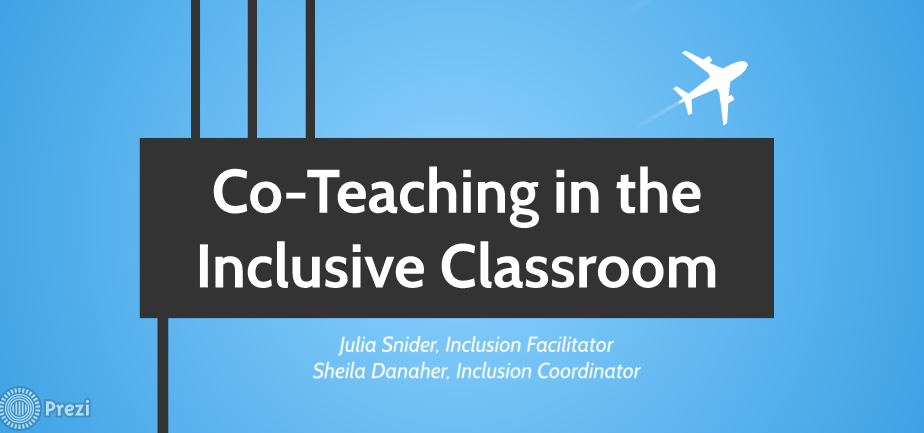Unique Week Part 2

For Unique Week, we also created activities for each classroom. Below is a run down of what we did. Primary: Students read It's Okay To Be Different by Todd Parr. After the read aloud, students completed an activity that can be found here or here. Below is a picture from one second grade teacher's bulletin board. Intermediate: Students read Have You Filled a Bucket Today? by Carol McCloud. After the read aloud, students completed an activity that can be found here or here. Below are some pictures from the AMAZING co-taught lesson in fourth grade. You can see that one teacher is reading while the other asked discussion questions while sitting with the student's on the rug. The teachers referred to one another often and the students were so excited and engaged. It was a great lesson to watch! Middle School: Students watched this video from Kid President. It's called "20 Things You Should Say More Often" and it...










